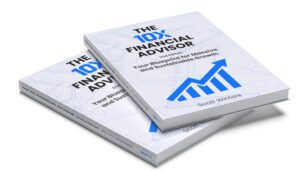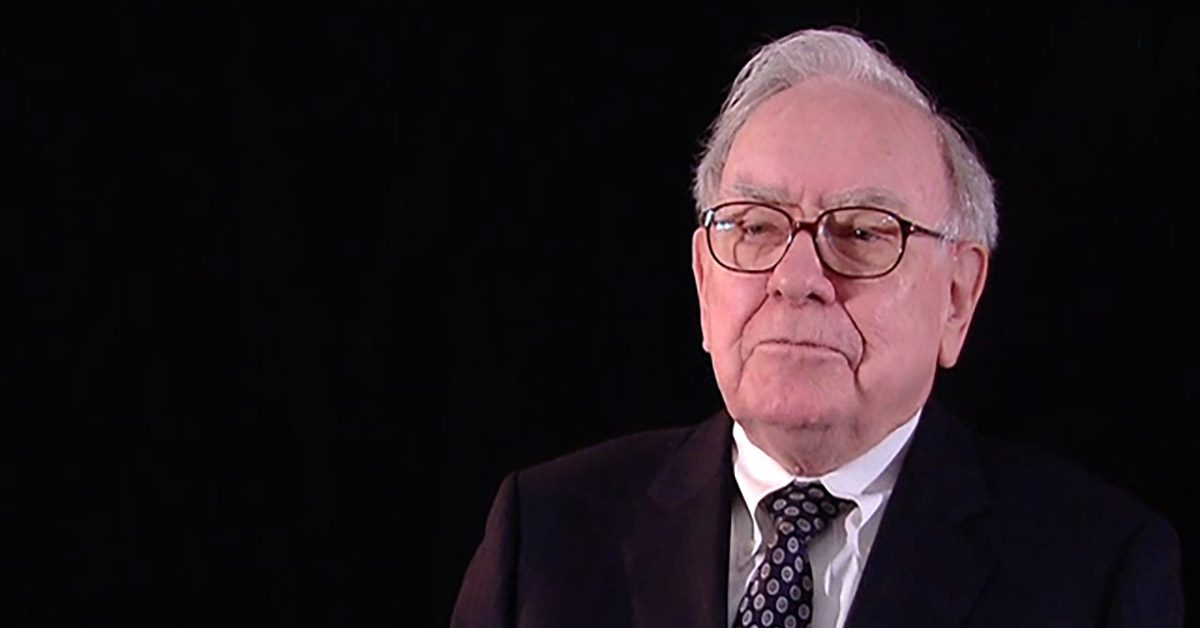In the advisory business, we’re used to being the glue. The linchpin. The rainmaker. The one clients come to when markets go sideways or when Uncle Joe starts talking about crypto at Thanksgiving. But here’s the hard truth: the real value of your practice isn’t in how important you are to it—it’s in how unnecessary you can become.
Let me put it this way: As a father of six kids, one of the most important lessons I learned came not from a boardroom, but from our own living room. When the kids were young, my wife and I laid down the law—bedtimes, mealtimes, school routines—all structured, all monitored. We had charts, reminders, timers—you name it.
But as they grew older, I realized something crucial: what got us through the early years wasn’t going to cut it for the teen years. Instead of managing every detail, we had to trust the systems we’d built and let them learn to make their own decisions. That transition—from hands-on management to hands-off leadership—was hard. But it’s where the real growth happened—for them and for us. That’s when I understood: if you’ve done the hard work upfront to build a solid foundation, there comes a time when your best move is to step back and let it run…
That’s addition by subtraction.
If your business can’t run without you, then what you own isn’t really a business—it’s a job. One you’ve built impressively, sure, but one that may not be worth nearly as much as you think when the time comes to sell, merge, or step back.
Here’s the problem: many advisors think their value lies in their charisma, their AUM, or their 20-year client relationships. But buyers, investors, and successors? They’re not looking at your charm. They’re looking under the hood.
Do clients stay if you leave? Can your team run the show without you directing every scene?
Are your workflows in your CRM or in your brain?
If the answers trend toward “I’ve got it all in my head,” you’re not building equity—you’re hoarding control. And control doesn’t sell well.
Let’s run a thought experiment.
Two firms. Each managing $100 million.
Practice A is a solo act. One assistant, one inbox, and a calendar full of “Let’s catch up” meetings.
Practice B? A team, documented service calendars, automated workflows, and clearly defined roles.
Practice A might be more profitable today. But Practice B is built to last—and that’s what gets buyers to the table.
Buyers aren’t just purchasing revenue. They’re buying future potential. And potential only exists when systems, people, and processes outlive the founder.
Want a premium multiple? Then make yourself… less essential.
Ensure your CRM is effectively managing client relationships, not just tracking birthdays.
Turn your onboarding into a checklist that a new hire could follow blindfolded.
Document the magic behind your “great service” so others can replicate it.
This isn’t about doing less. It’s about doing the right things and letting go of the rest.
When you subtract yourself from the day-to-day and the business keeps humming, congratulations—you’ve created something of real, enduring value.
At some point, your exit will come. Planned or unplanned, it’s the same test: What’s left when you leave?
Build your answer now. Because the most valuable businesses are the ones that thrive… even when you’re sipping espresso in Tuscany, not answering emails on a Tuesday.
If you’re ready to rise above commoditization and build a business that thrives even when you step away, it starts with a new model. Financial Gravity’s Turnkey Multi-Family Office Charter gives you the structure, services, and support to create true enterprise value—without burning out. Book a call today and become the advisor no algorithm can replace.




















